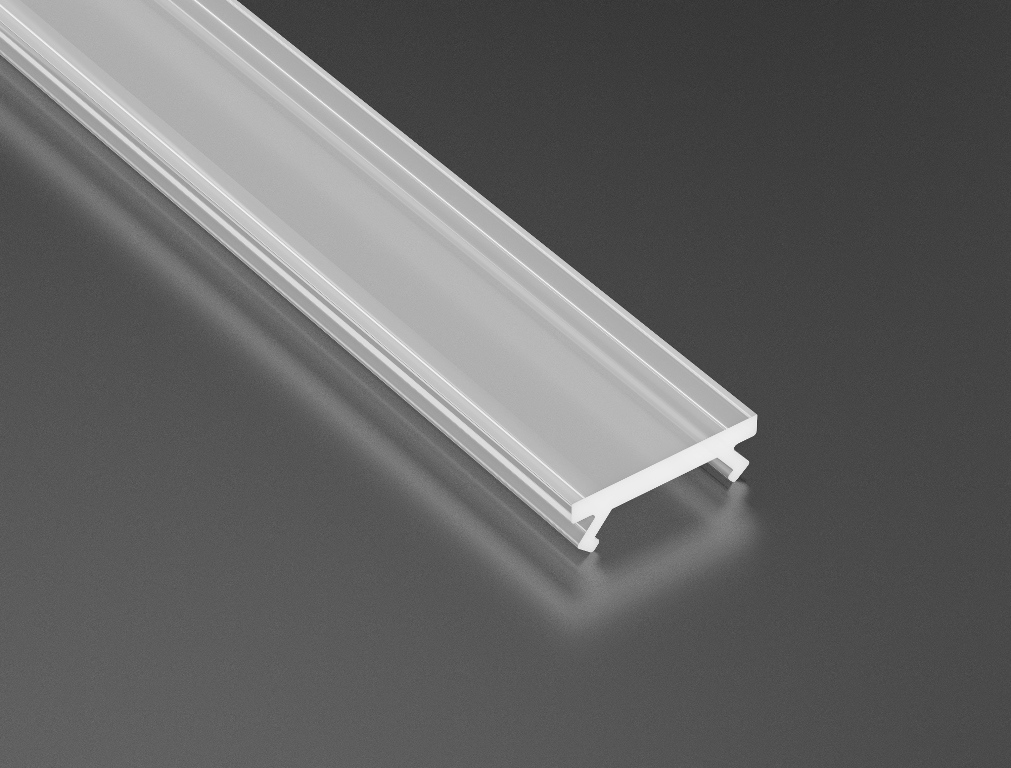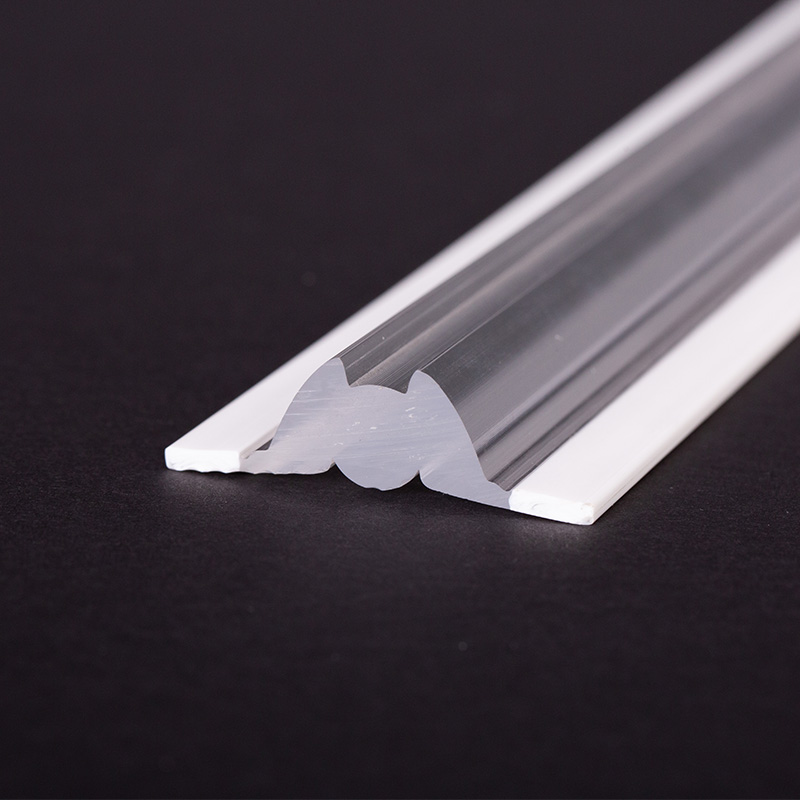According to the UK topgear website, Volvo Cars will replace its existing lineup in four years. Volvo CEO Hakan Samuelsson said: "This will be completed by February 2019."
The plan includes the upcoming XC90 SUV and the upcoming S90 sedan and V90 wagon, which will be available next year, which will replace the existing S80 and V70.
Next in 2017, the new XC60 will be launched, and the current XC60 is Volvo's best-selling model, and is the regular winner of this level in the European market. In 2018, the new generation V60 and S60 models will be launched. The three 60-series models will share the platform with the 90 Series, but the wheelbase, width and suspension parameters will be reduced, and the size is close to the Audi A4 and Q5.
In addition, Volvo will launch the XC40 in 2018, which is close to the Audi Q3. The XC40 will share the engine with the other models mentioned above, but with the new platform alone, the new V40 and S40 models will be introduced next to the car. According to Volvo CEO, the V40 will be launched in February 2019 at the latest, and the 40 Series sedan may be launched later because it is not a replacement for any Volvo model currently on sale.
Thanks to the platform sharing, we can get some information about the V90 and S90 through the XC90 model, as well as the 60 series. These larger models will be powered by Volvo's self-developed 2.0-liter four-cylinder engine, including diesel and gasoline. The diesel engine is 225bhp; with the help of supercharged and turbocharged, the gasoline engine's maximum power output can reach 320bhp. Volvo CEO Samuelson said: "If you are a V8 engine enthusiast, then you may not be a Volvo customer, but if you just want to have the same output as the V8 engine, then our four-cylinder engine is completely Can meet your needs."
Volvo will offer front-wheel drive and four-wheel drive versions for the new car. The mainstream 4 drive version is the regular model, but Volvo will also introduce a plug-in hybrid system, just like the 400bhp XC90 T8. The suspension will be made of a large amount of aluminum, the rear suspension will be Corvette-style composite transverse springs, and customers can also choose air-cushion hangers.
However, the gearbox of the new 60 series will be different from the XC90's 8-speed automatic transmission. Volvo will provide additional manual and dual clutch transmissions for the former. The dual-clutch version will also offer a front-drive hybrid system, and Volvo Design Director Peter Mertens told the media that the cost is only slightly higher than the diesel engine.
On the other hand, although Volvo has completely switched the Ford engine, there is still a model that is closely related to Ford Focus, which is the current V40, but this connection will not last long. A year ago, Volvo and its parent company Geely had jointly designed a new platform to replace the original platform, called "Compact Modular Structure", referred to as "CMA". The design of the platform will be completed in Sweden, but will not use too many Volvo large car parts, because the latter is too heavy and the price is too high.
Samuelson said that the Geely cars in the Chinese market will be completely different from Volvo's appearance, and the configuration and power system options are far less than Volvo. "The relationship between Volvo and Geely is like the relationship between Audi and Skoda."
In addition to the cheapest 170bhp 1.5-litre three-cylinder lightweight engine, the XC40, V40 and S40 power and transmissions will follow the 60 and 90 series. These cars will also use the same screen controls, entertainment information systems and related settings as the 60 and 90 series.
The first model to be born on the CMA platform will be the XC40, which will be launched in 2018. The latter will be available in both front and four-wheel versions with mechanical systems instead of costly electric drive rear axles. The V40 and S40 were launched in 2019.
Volvo Design Director Thomas Ingenlath revealed that all Volvo's new cars are not too similar: "The 90 series will look completely different from the 60 and 40 series. The XC60 and XC40 are not a miniature version of the XC90. Customers are the same series, look and feel The model has been fed up."
Volvo CEO Samuelson said that Volvo will focus on nine models - three different types of cars, hatchbacks and wagons, he called the "3 * 3" strategy. In addition, there is a special edition of the "Cross Country" series and an extended version designed specifically for the Chinese market, but he did not separately refer to these models as a series. In addition, even though Volvo has launched the 2013 Concept Coupe and the 2014 Concept Estate concept car, it has not launched a two-door or coupe plan in recent years.
HONYRPO®PMMA is perfectly transparent and possesses extreme outdoor and weather resistance qualities. Of all the thermoplastic plastics, PMMA retains the hardest surface, making it extremely scratch proof. PMMA, therefore, is widely used in the automotive and electronic industry, and for home appliances. PMMA is also safe to use for food packaging. PMMA is vulnerable to plasticizers and oil from soft PVC and some rubber sorts. When used for sealing, this feature must be taken into account. For sealing purposes, flexible and plasticizer-free plastics are available.
Characteristics in short
Acrylate is resistant to acids and alkalis, grease, and alcohol. The material is also resistant to aliphatic hydrocarbons; it is, however, not immune to chlorinated hydrocarbons and gasoline.
The maximum temperature in which PMMA can be used ranges from 65â° to 95â° C (194â° - 203â° F). The materials handle temperature changes well, even at low temperatures. PMMA can be glued with specially developed glues. Prerequisite to gluing, the profile must be tension-free. To assure the profile is free of tension, it can be heat treated in, e.g., an oven for a couple of hours at a temperature of 60 - 90â° C (140 - 194â° F). PMMA can be welded with hot air, ultra-sonically, or high-frequency methods. Note: the impact-resistant varieties are harder to weld.
Chemical resistance
Applications
PMMA profiles are abundantly found in:
- Lighting industry
- Advertising and display constructions
- Automotive industry
- Store interior design



Bonding with other materials
PMMA is excellently suited to bond with different thermoplastics, among these: co-, tri-, and quad extrude. Next to the bonding with natural PMMA, like in a different color, it also bonds well with Hard PVC, ABS, ASA, and TPU.
Polymethylmethacrylate profiles,acrylic profiles,PMMA profiles,PMMA,Acrylic
Hony Engineering Plastics Co.,Ltd. , https://www.honyplastic.com
